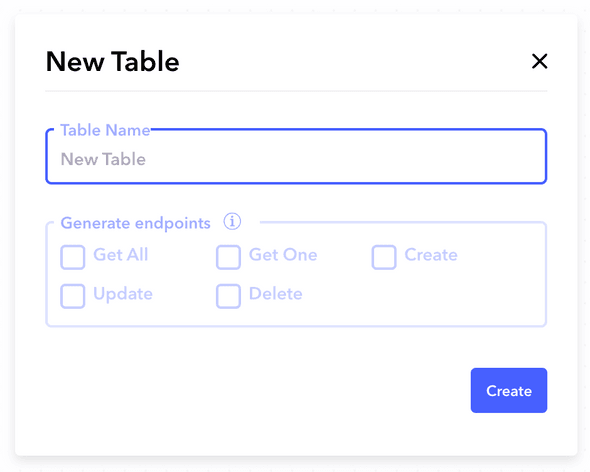Introduction
Datasources allow you to connect your APIs and your frontend to your own database. Canonic provides its own managed database.
Each datasource consists of tables and an automatically generated CMS that's tailored to your database and adapts based on it's structure.
You can create and define any additional tables needed by the datasource powered by Canonic.
